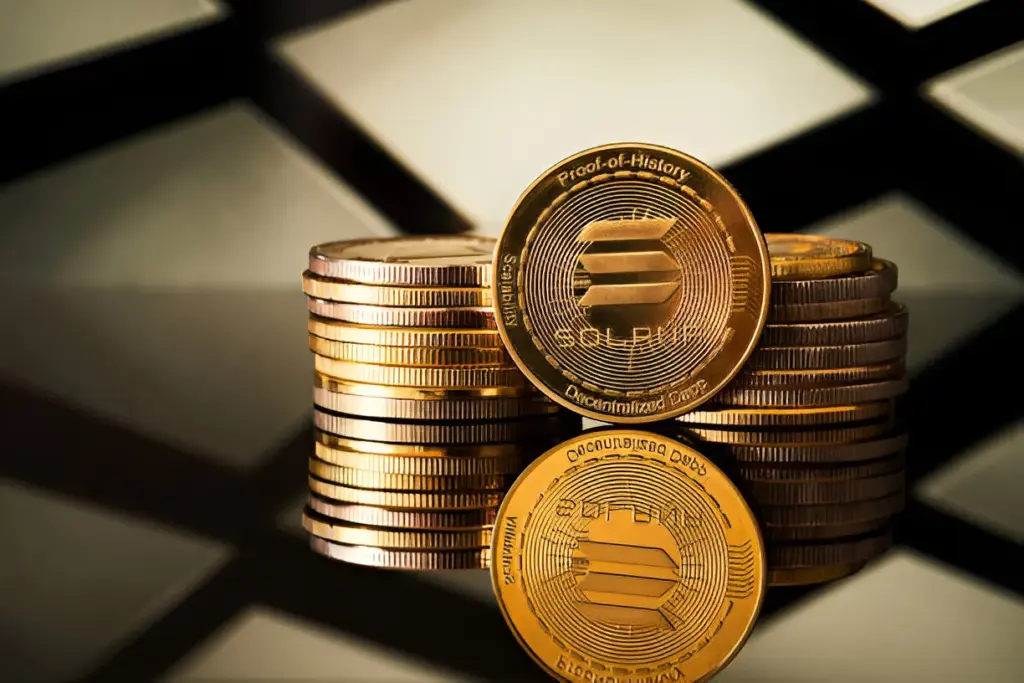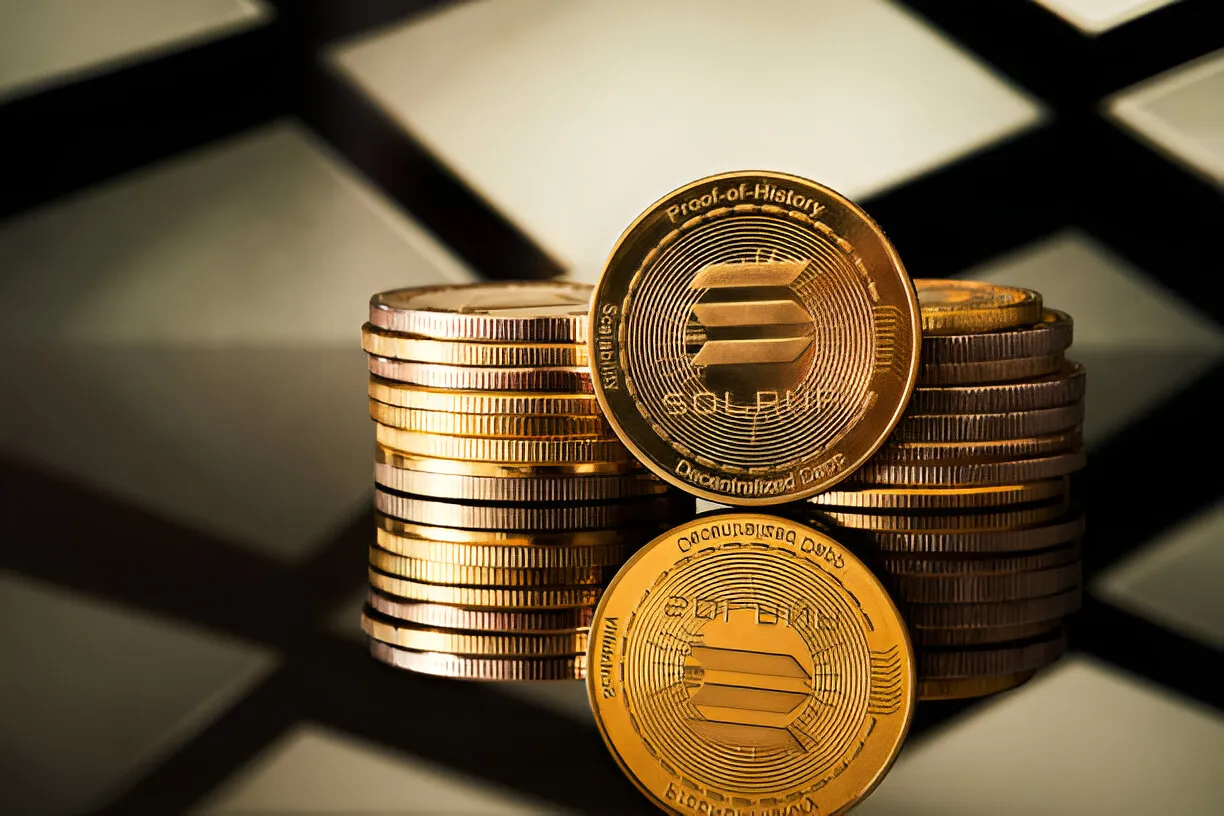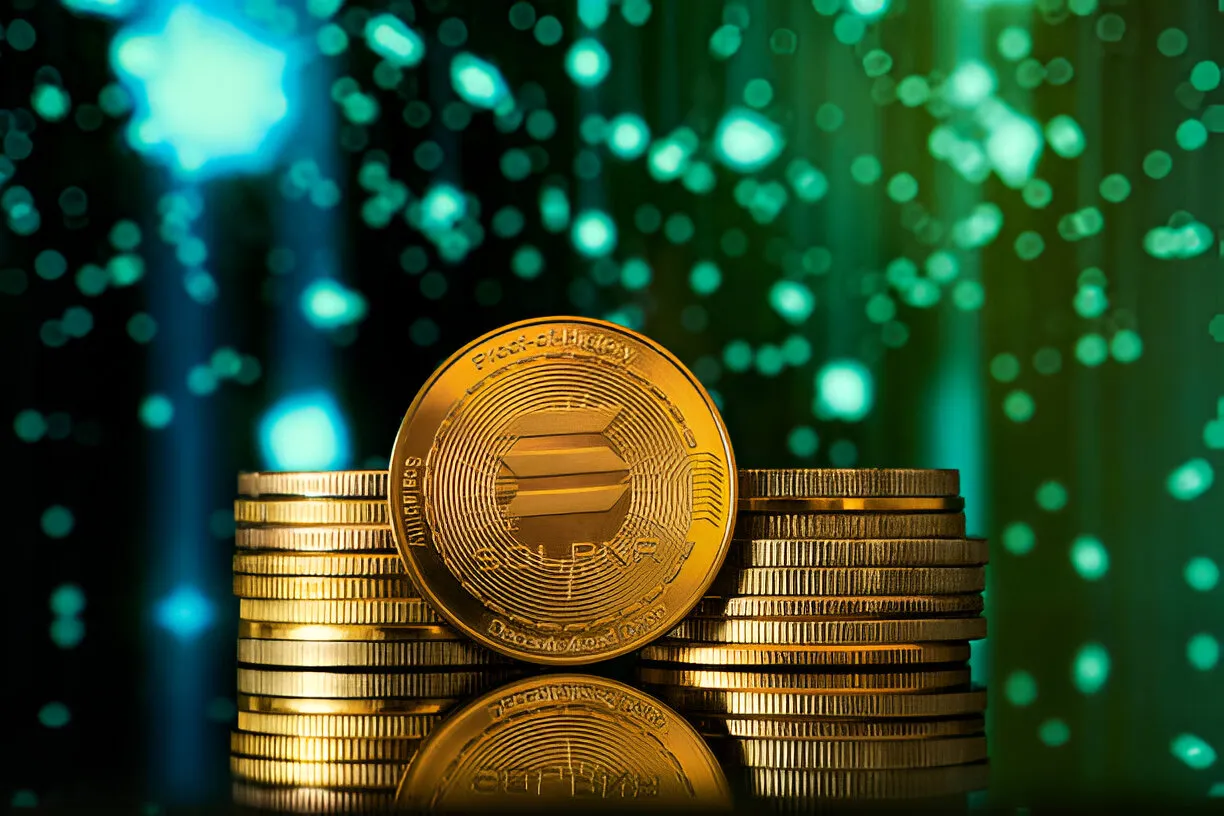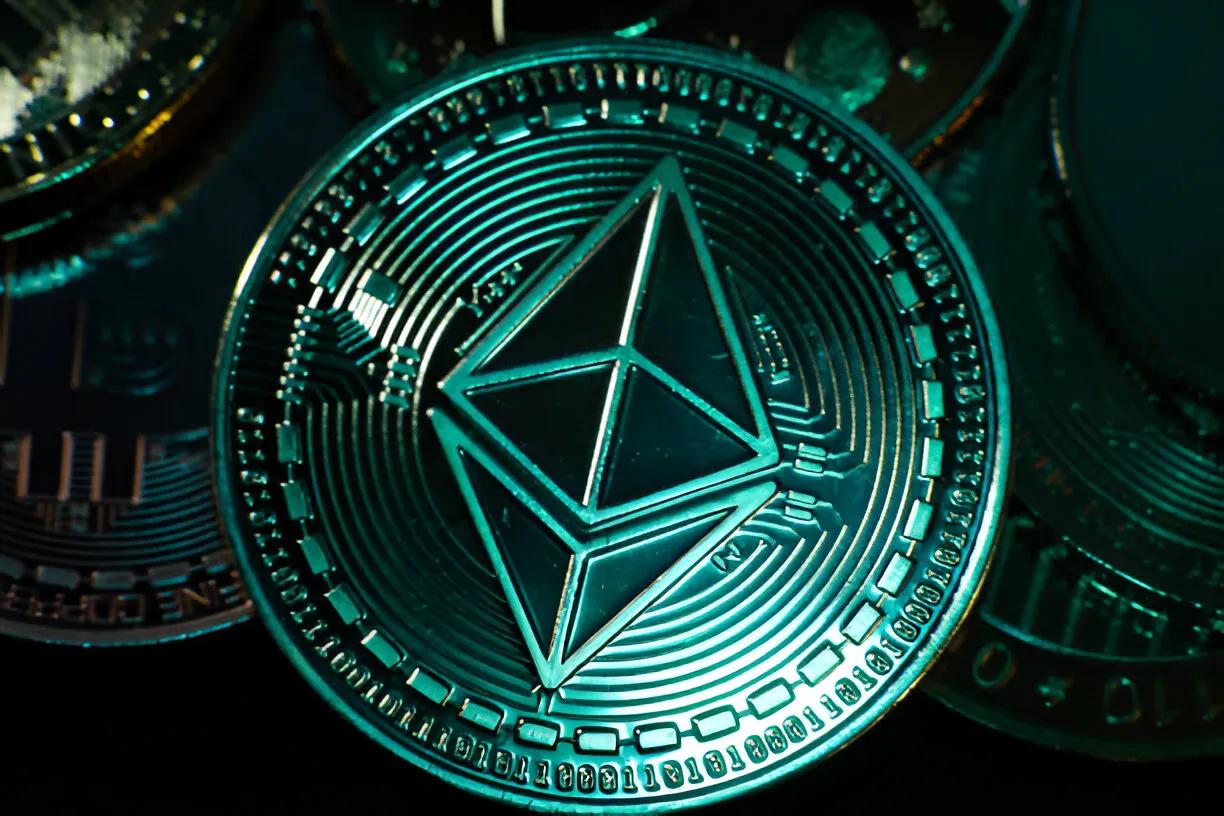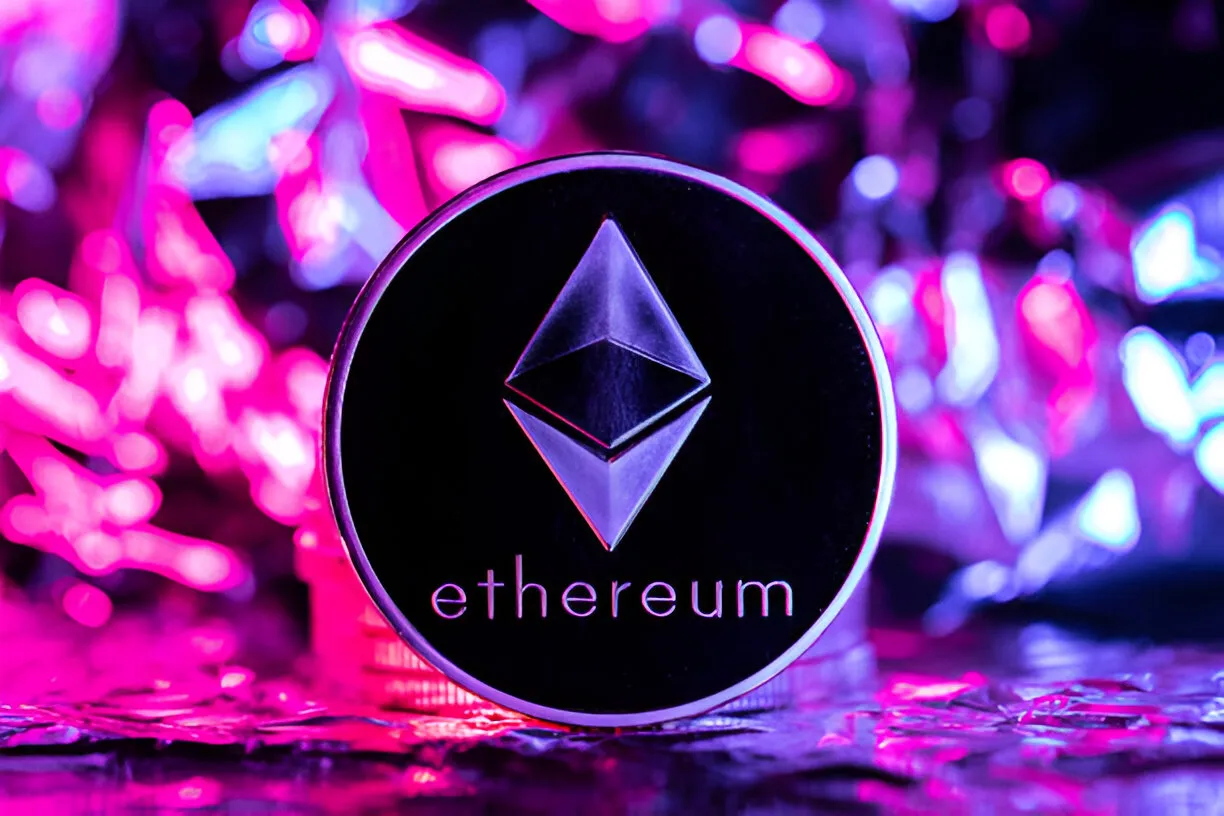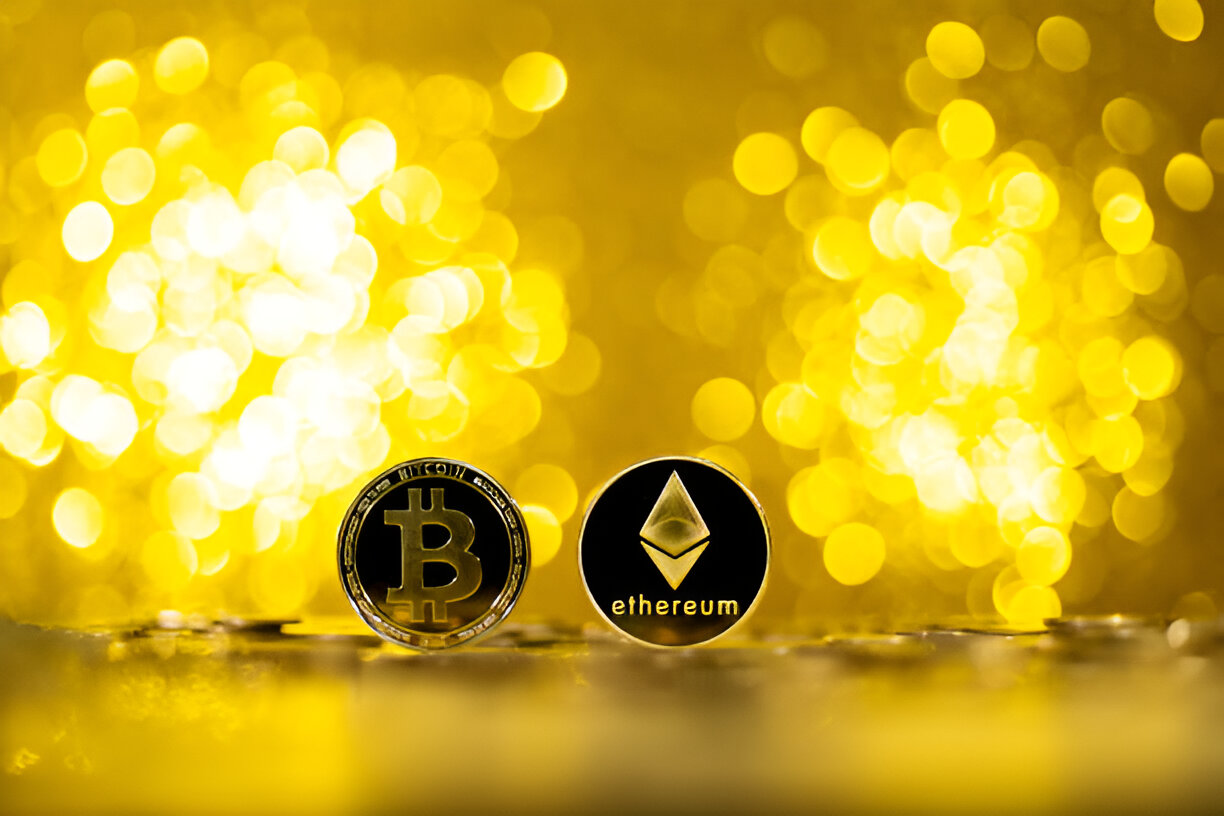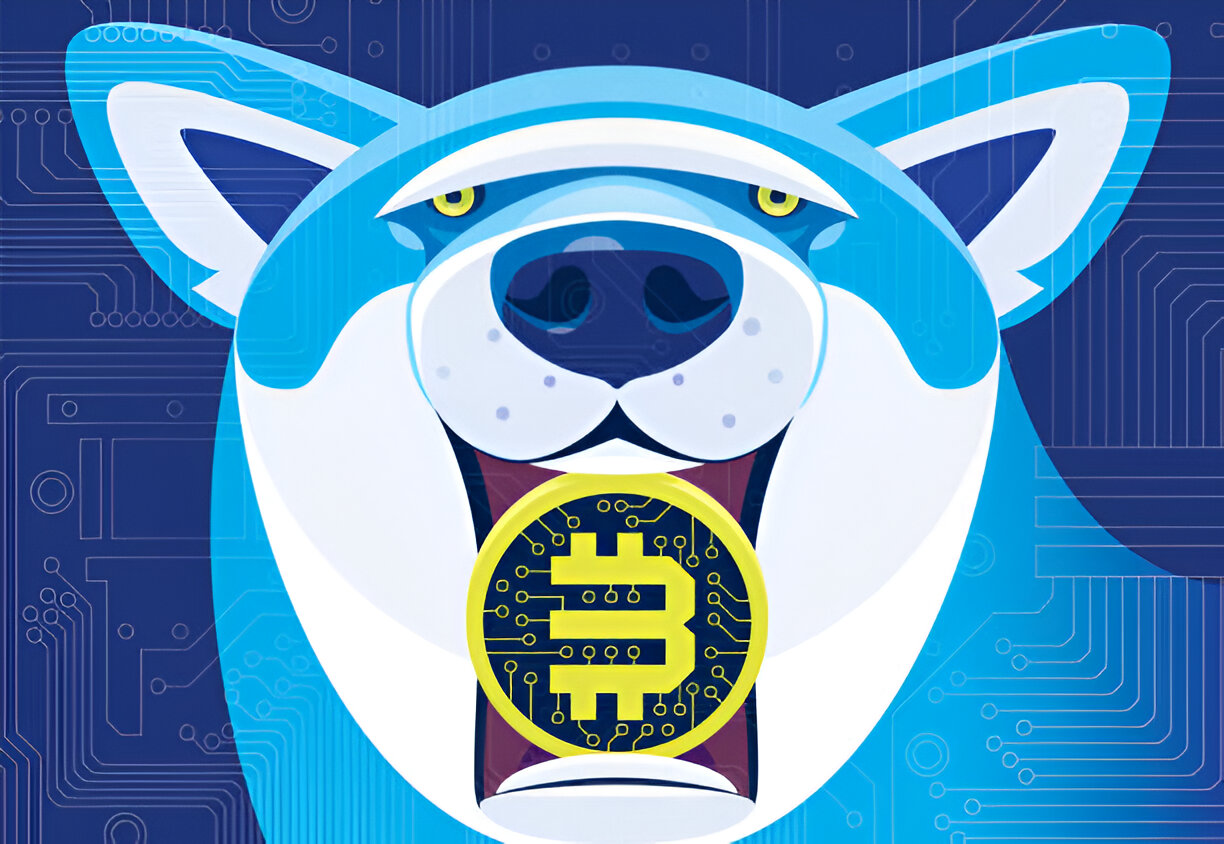Solana vs Ethereum stands as one of the most hotly debated rivalries in the cryptocurrency space. Much like the classic battles of Coke vs. Pepsi or iPhone vs. Android, these two blockchains dominate the conversation and for good reason.
Both platforms have carved out massive user bases and developer ecosystems, each with its own strengths and philosophies.
However, the crypto world can often feel overwhelming, especially when it’s filled with jargon and complex technical terms. What is a blockchain, really? Which one is faster? Which one costs less to use? And ultimately, which one should you pay attention to?
In this article, we’ll offer a clear, well-rounded comparison of Solana vs Ethereum stripping away the noise to help you understand what truly sets them apart. Let’s dive in.
What Are Solana and Ethereum?
To appreciate the differences, it’s essential to start with the basics.
Ethereum, launched in 2015, is widely regarded as the first blockchain to go beyond cryptocurrency. It introduced smart contracts programmable code that runs on the blockchain and enabled developers to build decentralized applications (dApps). Since its inception, Ethereum has become the foundation for much of the modern crypto ecosystem.
Solana, on the other hand, debuted in 2020. While newer, it quickly gained traction due to its focus on speed and low fees. It offers a platform for developers to create dApps, NFTs, DeFi protocols, and more just like Ethereum but with a different underlying architecture designed to maximize performance.
In short, Solana vs Ethereum is a comparison of two powerful platforms that serve similar purposes, yet follow very different paths to get there.
Transaction Speed – Who’s Faster?
Speed is one of the most critical benchmarks for any blockchain network.
Ethereum’s current transaction throughput ranges between 15 and 30 transactions per second (TPS), depending on network conditions. While this was revolutionary in 2015, it falls short of today’s demands. Ethereum is actively working on scaling solutions, but even with upgrades like rollups and Layer 2 protocols, bottlenecks persist.
Solana was designed for performance from day one. It boasts a theoretical throughput of over 60,000 TPS, thanks in part to a unique innovation called Proof of History (PoH), which helps the network process transactions in a verifiable order, significantly improving speed and efficiency.
In the Solana vs Ethereum performance race, Solana currently takes the lead by a wide margin.
Transaction Costs – Who’s More Affordable?
Transaction fees are another major factor, especially for users operating with smaller budgets.
Ethereum’s fees commonly referred to as gas fees can fluctuate dramatically depending on network congestion. It’s not uncommon to see fees spike to $20 or even $100 during high-demand periods. These costs can be a significant barrier for casual users or small-scale developers.
Solana, in contrast, offers exceptionally low fees, often less than a penny per transaction. Its high throughput and efficient consensus mechanism keep the cost of network activity minimal, making it highly attractive for those prioritizing affordability.
So, in terms of cost, Solana again has the upper hand in the Solana vs Ethereum debate.
Security and Network Stability
No blockchain is worth much without trust and reliability.
Ethereum’s longer track record gives it an advantage in terms of perceived security. Over nearly a decade, it has withstood major attacks, undergone significant upgrades (like The Merge), and earned the confidence of the global crypto community.
Solana, while innovative, has faced criticism for network outages and bugs. There have been instances where the network went offline entirely, raising concerns about its long-term stability and resilience. Though the team continues to improve its infrastructure, these issues remain a point of caution for prospective users.
In the Solana vs Ethereum comparison, Ethereum currently stands as the more battle-tested and reliable option.
User Base and Ecosystem
When it comes to adoption, Ethereum has a commanding lead.
As the first smart contract blockchain, Ethereum has accumulated a vast ecosystem. Popular projects like OpenSea (NFTs), Uniswap (decentralized exchange), and Aave (lending and borrowing) were built on Ethereum and remain among the most-used platforms in all of crypto.
Solana, while newer, has rapidly built its own community and ecosystem. It has gained notable traction in NFTs and crypto gaming, with platforms like Magic Eden (NFT marketplace), StepN (fitness app), and Solend (DeFi lending) serving as key examples.
Though Ethereum holds the edge in terms of size and maturity, Solana’s rapid growth and appeal to newer developers make this race increasingly competitive.
NFTs – Which Chain Does It Better?
Both Solana and Ethereum are home to thriving NFT marketplaces, but the experience they offer varies.
Ethereum has been the dominant force in NFTs from the beginning. Projects like Bored Ape Yacht Club and CryptoPunks have become household names, and most high-value NFT sales occur on Ethereum. However, high transaction fees and slower speeds can create friction for users.
Solana offers a more cost-effective and efficient environment for NFT creators and collectors. Its low fees and quick transaction finality make it appealing for people buying and trading NFTs frequently, though the projects on Solana tend to be lower in value and prestige compared to Ethereum’s top-tier collections.
In this aspect of Solana vs Ethereum, it really depends on the user: Ethereum is favored by high-end collectors and institutions, while Solana is better suited for casual traders and newcomers.
Scalability Under Pressure
Scalability isn’t just about speed it’s about how the network performs when under heavy load.
Ethereum can slow down considerably during high-traffic periods. While it rarely crashes, transaction times increase and gas fees skyrocket. Solutions like Layer 2 rollups (e.g., Optimism, Arbitrum) help relieve some pressure, but scaling remains a work in progress.
Solana, by design, handles high transaction volumes with ease but its history of downtime is a concern. The network has experienced multiple outages, including complete halts due to bugs or validator overload.
So, while Solana scales better in terms of raw throughput, Ethereum offers more consistent uptime. The Solana vs Ethereum debate in this category comes down to whether you prioritize speed or reliability.
READ MORE!!!
Ethereum Logo: The Symbol That Defines a Digital Revolution
How to Mine Ethereum: A Clear and Complete Guide
Is Ethereum a Good Investment?
Ethereum Price CAD: What You Should Know
Ethereum Classic Price Prediction: What to Expect
Environmental Impact – Which Is Greener?
The environmental cost of blockchain technology has drawn significant attention in recent years.
Ethereum previously used Proof of Work, which was energy-intensive. However, in September 2022, it transitioned to Proof of Stake through an upgrade known as “The Merge.” This reduced its energy consumption by over 99%, making Ethereum dramatically more eco-friendly.
Solana, from its inception, utilized a hybrid Proof of Stake and Proof of History consensus model. This has always made it far more energy-efficient compared to older Proof of Work blockchains.
Both Solana and Ethereum are now considered sustainable, but Solana had a head start in this regard. That said, today’s impact is comparable so in the Solana vs Ethereum environmental contest, it’s essentially a draw.
Staking and Earning Opportunities
Both platforms allow users to earn rewards through staking where you lock up your tokens to help secure the network and, in return, receive interest.
On Ethereum, staking typically requires 32 ETH to run a validator node independently. Smaller holders can still participate through staking pools or services like Lido. Rewards are modest but stable.
Solana makes staking more accessible. There’s no large minimum requirement, and rewards are often more frequent. The process is also more beginner-friendly, making it ideal for newcomers seeking passive income opportunities.
In the Solana vs Ethereum earning landscape, Solana offers more flexibility, especially for smaller investors.
Community and Developer Support
A vibrant community and robust developer tools are essential for any blockchain’s long-term success.
Ethereum boasts one of the most active and knowledgeable communities in crypto. Countless tutorials, documentation hubs, hackathons, and forums support developers and users alike. It’s a mature, well-supported environment with serious infrastructure.
Solana’s community, while younger, is dynamic and rapidly expanding. Its user base includes enthusiastic creators, gamers, and NFT collectors. While its documentation is less extensive than Ethereum’s, the energy and momentum around Solana are undeniable.
In terms of community, Solana vs Ethereum is a matter of tone and scale: Ethereum is large, stable, and deeply technical. Solana is fast-growing, creative, and youth-driven.
Choosing Between Solana and Ethereum
Now that we’ve looked at all the key differences, here’s a side-by-side comparison to help you decide:
| Feature | Ethereum | Solana |
|---|---|---|
| Speed | 15–30 TPS | 60,000+ TPS |
| Fees | Often high (>$10) | Fraction of a cent |
| Security | Proven, stable | Still maturing |
| Ecosystem | Largest, most established | Growing rapidly |
| NFTs | High-end, valuable | Fast, budget-friendly |
| Staking | Requires more ETH | Easy and accessible |
| Uptime | Rarely crashes | Prone to outages |
| Eco-friendly | Yes (after The Merge) | Yes (from the start) |
| Community | Mature, well-resourced | Energetic, creative |
If you value consistency, security, and a well-established network, Ethereum may be the right fit. But if you’re drawn to innovation, speed, and low-cost experimentation, Solana is a compelling option.
Online Sentiment – What Are People Saying?
Across platforms like Reddit, Twitter, and YouTube, the Solana vs Ethereum debate is alive and well.
Some users rave about Solana’s speed and affordability, calling it the future of Web3. Others caution against its technical hiccups and point to Ethereum’s long-term reliability and dominance.
The reality? Both platforms have merit. Neither is perfect, and both continue to evolve.
Trying out both platforms by interacting with their wallets, dApps, or NFTs is the best way to determine which aligns with your goals and interests.
Final Thoughts
Solana vs Ethereum isn’t a battle with a single winner. Rather, it’s a story of two powerful technologies shaping the future of decentralized applications in distinct ways.
Ethereum is the veteran resilient, trusted, and backed by a deep developer ecosystem. Solana is the disruptor blazing fast, affordable, and rapidly gaining traction among younger users.
Whichever you choose, the most important thing is to engage, explore, and learn. As blockchain technology continues to evolve, being informed and adaptive will always put you ahead.
And remember: in crypto, it’s not always about choosing sides. Sometimes, the best strategy is to use the right tool for the right job

